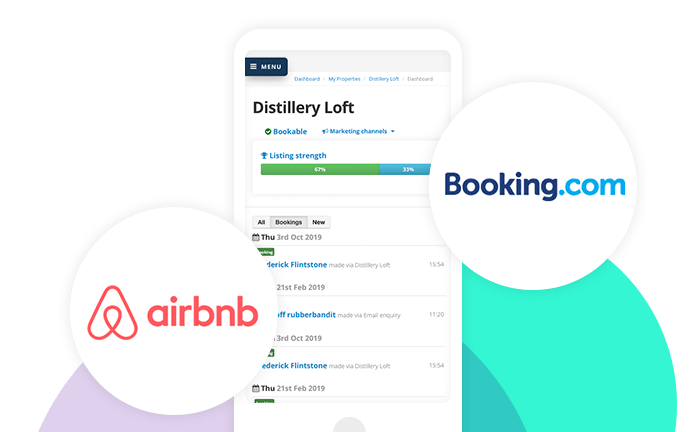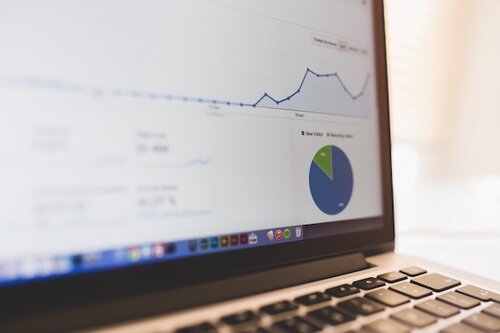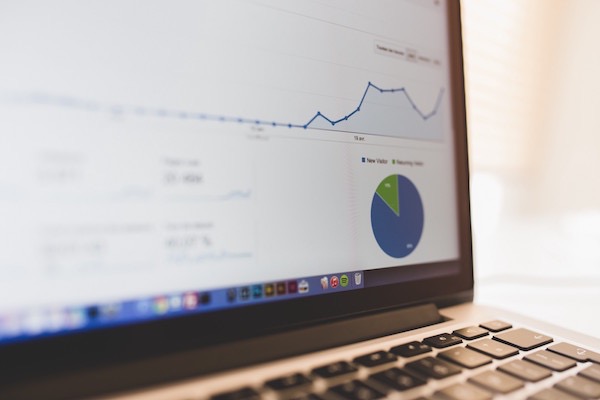Why website conversion matters for holiday lets
5 minute read // updated
Key Takeaways
- Conversion rate is the number of visitors divided by number of purchases
- Higher conversions lead to higher gross income
- Improvements to your website can increase your conversion rate
- Add great, optimised photos and provide easy-to-access information
- Mobile First - provide a great mobile experience.

Conversion rate is the percentage of visitors to your website who take a desired action, like making a booking. Improving conversion rate can significantly increase your revenue without needing to attract more visitors.
Make small changes to your website based on user testing and data analysis. Some key factors that influence conversion rate for holiday let websites include high-quality photos, easy access to information, and a simple, fast booking process that works well on mobile devices.

Nothing beats user testing, and it’s a job that’s never finished
What is conversion rate?
Imagine a shop…
On a nice sunny Saturday, 100 people come into the shop throughout the day.
As you would expect, not everyone buys something. But 5 people do.
The shop’s conversion rate would be 5%, because 5 out of 100 people bought something.
That’s basically how the conversion rate is calculated.
But there are a few things you need to keep in mind... how many shoppers:
- didn’t buy anything but return and buy something the next day?
- were never going to buy anything (they just came to get out of the rain, or read your blog, or find your email address)?
- called back a week later to buy something over the phone?
Why should I care about my conversion rate?
Let's move from our shop analogy to something a little closer to home for us in the holiday let industry.
The Spanish Villa Company
The Spanish Villa Company let out villas for holiday-makers.
February
- Website conversion rate: 2%.
- Average booking value: £2,000
- Website visits per month: 5,000
- 2% of their 5,000 visitors (100 visitors) book a £2,000 stay at a village.
The Spanish Villa Company take £200,000 worth of bookings in February.
March
In March they make a few website tweaks.
Change a few photos around. They make booking a little easier.
Their conversion rate skyrockets
- Website conversion rate: 2.3%.
- Not a big improvement. Or is it?
- At a conversion rate of 2.3%, they now have 115 visitor bookings.
At £2,000 per visitor, their bookings that month total £230,000 (an extra £30,000 in bookings, by going from 2% to 2.3%).
For most websites that haven’t considered optimising their conversion rate, there are usually big improvements to be made, and big gains to be won.
April
- In April the company makes a change to increase the speed of their website.
- This increases the conversion rate up to 3%.
Booking revenue for the month would be £300,000.
Fixed costs stay the same as you’re not increasing your visitor numbers (so no need for additional advertising costs, admin, etc.).
So one of the great benefits of improvements to conversion rate is that the additional income you achieve can go straight to the bottom line.
What affects the conversion rate?
Now that we all care about our conversion rate… how do we make it jump? The answer always comes back to one simple thing… testing.
Often, someone experienced in conversion rate optimisation can look at a website and make some pretty strong assumptions about positive changes that can be made.
They cab be confident that these changes will improve the conversion rate.
However, the best way to improve the conversion rate is to look at your users.
Watch them using your website, look at your analytics data to see what they’re doing, where things are going wrong, etc.
It’s often easy to spot where your users are struggling or getting confused, and this is the most logical way of making positive changes to your website.
How do I quickly improve my conversion rate?
Nothing beats user testing, and it’s a job that’s never finished as technology (and the way people use it) are continuously changing.
But, here’s a quick list of a few very important factors for holiday let websites looking to bump up their conversion rates:
- Quality photos: Probably the single most important factor.
Professional photos (and plenty of them) can make a massive difference.
Remember to optimise their size so they don't slow down the site. - Easy access to information: Potential guests often have lots of questions prior to booking (about the booking process, the local area, the specific property, etc.).
If your site can answer these questions, guests will be much more likely to book. - Simple, fast, and mobile - responsive booking calendar: When guests decide to book, you want to make this as quick and easy as possible.
Don’t ask them for too much information, provide help if they get something wrong, make it clear what will happen next, let them book on a mobile device, etc.
So go now… get testing!
Watch people use your website.
Improve it.
And reap the rewards of an increased conversion rate.
By looking at your website and how users interact with it, you can improve your conversion rate, and boost your income.




